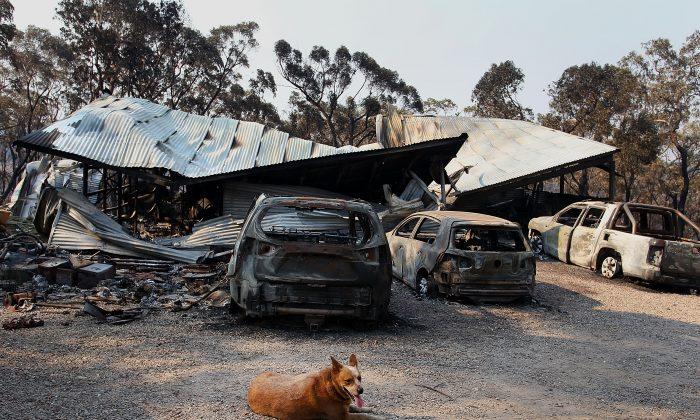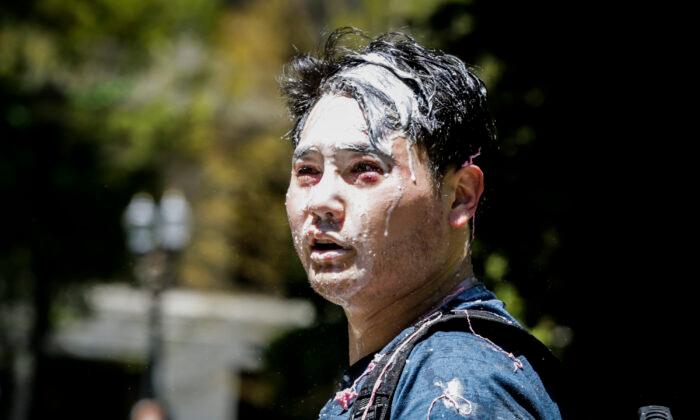SYDNEY—Residents across Australia are urged to be vigilant as above normal bushfire activity is expected to continue this season, while New South Wales firefighters battle severe bushfires across the state.
More than 500 Victorian firefighters have been deployed to support the NSW Rural Fire service in battling over 70 fires, with almost 30 fires uncontained on Oct 23.
Hundreds of Blue Mountains residents fled the area for evacuation centres outside the mountains, before the Rural Fire Service said it was safe to return on the evening of Oct 23. So far more than 200 properties have been destroyed and 1 death confirmed.
Gary Morgan, CEO of the Bushfire Cooperative Research Centre, says wet weather and high temperatures earlier this year have created above normal bushfire areas in large parts of New South Wales, Victoria, South Australia and Western Australia, as well as central Queensland.
“In central grass land areas, the above normal forecast is due to abundant grass growth across inland Australia, due to the above average rainfall in May 2013,” Mr Morgan said. “Higher temperatures have also seen some forests begin to dry out.
“When the conditions are right, hot and windy days, with dry vegetation, fires will occur. We all must be vigilant about our local conditions.”
Christina Figueres, the executive secretary of the United Nations Framework Convention on Climate Change, said that the fires should prompt international concern about climate change.
“What we have seen are just introductions to the doom and gloom that we could be facing,” Ms Figueres said.
“The World Meteorological Organisation has not established the direct link between this wildfire and climate change yet, but what is absolutely clear is that the science is telling us there are increasing heatwaves in Asia, Europe and Australia.”
She says that these heatwaves will continue in their intensity and frequency.
Prime Minister Tony Abbott, however, says the fires are a “function of life in Australian”, rather than a sign of climate change. “Climate change is real and we should take strong action against it,” Mr Abbott said. “But these fires are certainly not a function of climate change.”
Climate scientist Andy Pitman from the University of New South Wales said that the ferocity of the current fires was the result of the second warmest winter on record in NSW. He believes that the conditions were likely caused by climate change.
“Vegetation that would commonly basically shut down in winter continued to transpire”, becoming fuel for bushfires, Mr Pitman said in NewScientist.
“Really hot days combined with strong winds plus ignition equals a major problem.”






Friends Read Free